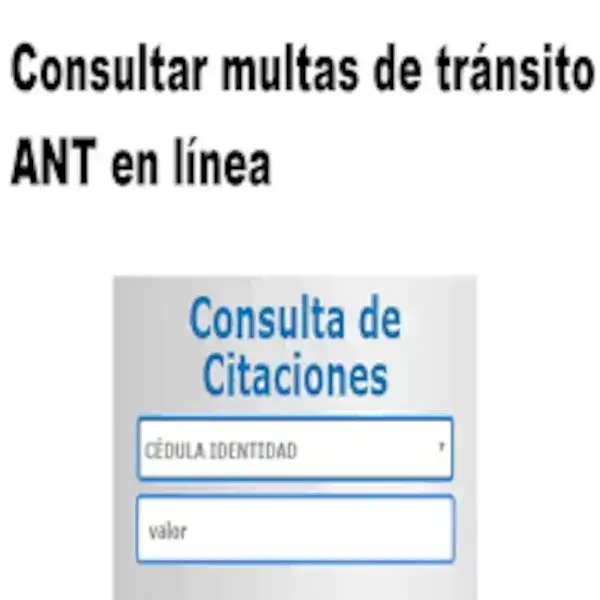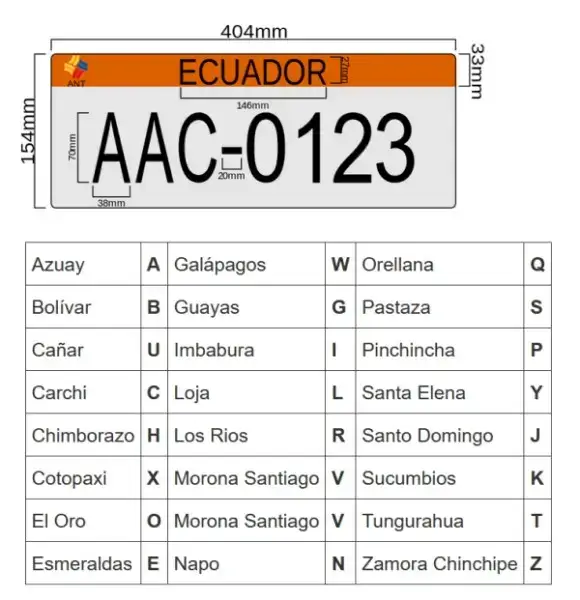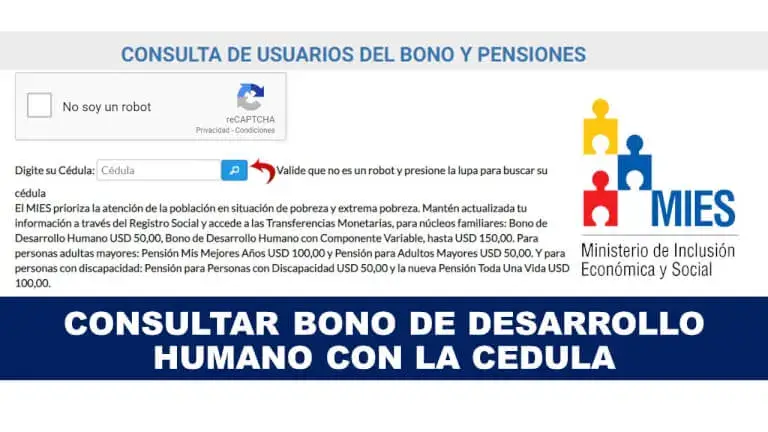Mexican doctors fear coronavirus pandemic leading to grim scenario
Doctors warn coronavirus symptoms could include loss of smell, taste
Dr. James Denneny, Executive Vice President and CEO American Academy of Otolaryngology joins ‘America’s Newsroom.’
Get all the latest news on coronavirus and more delivered daily to your inbox. Sign up here.
In his 32 years as a taxi driver in Mexico City, El Senor Juan never had trouble finding a rider – until this week.
The global coronavirus pandemic that has turned most of the world upside down has left Latin America largely unscathed, but that all changed Thursday when Mexican President Andres Manuel López Obrador announced all non-essential activities would be suspended, bringing the bustling city to a grinding halt.
“The streets are empty, most shops closed and of those that are open are without people, the Metrobus [is] empty and [the] subway has very low turnout,” Juan told Fox News in a phone conversation. “I see people panicking, they are afraid of getting coronavirus.”

Amid the coronavirus pandemic, the Zócalo, normally packed with people, is completely empty. (Luis Labastida)
The move was a pleasant surprise for health care professionals who have been pleading for more action from the president but worry the decision came too late.
“The government took a very important step, but they waited too long for this decision,” Dr. Jose Luis Vargas Segura, a pulmonologist, told Fox News. “We need to stop all movement in the country, it is the only way to stop the cases. … You can assume that more and more cases are not diagnosticated right now because we don’t have tests.”
“The government took a very important step, but they waited too long for this decision.”
— Dr. Jose Luis Vargas Segura, pulmonologist, Mexico City
HOW LONG WILL CORONAVIRUS LAST IN THE US?
As confirmed cases of the virus have skyrocketed worldwide – including in the U.S., which now leads all nations with more than 100,000 – one doctor said López Obrador had been taking a rather relaxed approach in addressing the crisis, sometimes even contradicting messages physicians convey to the country. But the doctor, who spoke to Fox News on the condition of anonymity, fears the worst is yet to come.
“We will see the real level of urgency at the end of March and the first half of April. We are a country with many obese [citizens], 12 percent diabetics, 20 percent hypertensive,” the doctor said. “We are a vulnerable population with a limited and insensitive government and a history of corruption — a bad combination in a pandemic like COVID-19.”
When Mexico had its first confirmed coronavirus case at the end of February, López Obrador tried to reassure the public.
“It is not terrible or fatal,» he said. «It is not even equivalent to influenza.”
Since then, the president has continued to encourage the public to hug and socialize, tweeting a video as recently as Monday for people to continue to go to restaurants together.
“Do not stop going out, we are still in Phase 1,” López Obrador said in the video. “if you can do it and you have the means, keep taking the family out to eat at the restaurants.”
Several days later López Obrador suspended nonessential activities, a move similar to what has been done through much of the U.S., as Mexico jumped to Phase 2 with more than 700 confirmed cases and 12 deaths.

The streets in Mexico City are empty after President Andres Manuel López ordered all non-essential activities to be suspended. (Cesar Arellano / Mexico City )
Although López Obrador waited, many local state governments enacted their own measures several weeks earlier to slow the spread of the novel virus in their respective communities.
“Each place [state] is trying to solve the problem on their own. … It’s a headless battle in Mexico,” Dr. Victor Gomez, a cardiothoracic surgeon at a general hospital in Cancun, told Fox News.
“Each place [state] is trying to solve the problem on their own. … It’s a headless battle in Mexico.”
— Dr. Victor Gomez, cardiothoracic surgeon, Cancun
Dr. Jaime Sanchez, who runs a private practice in Guadalajara in the Angeles del Carmen Hospital complex, said the president’s laid-back approach was “certainly a risky way to tackle the epidemic,” but he also described it as “a smart way.”
“The passive attitude of the president has been encouraged not only by his great approval throughout the country, but also that he has had an attitude — let’s say responsible — in maintaining the subsistence economy that this country has,” Sanchez said. “I definitely think … that really what the president is trying is not to generate a situation of panic in the country and to manage information and stagger it until reaching the point where he asks us to do what the government requests, which is social distancing in certain areas.”
RACE TO BUILD TEMPORARY HOSPITALS NATIONWIDE AS CORONAVIRUS SPREADS
Many states in the U.S. — including New York, the epicenter of the nation’s crisis — were quick to shut down businesses and mandate that people stay at home in an effort to «flatten the curve» — or reduce the pressure on the health care infrastructure by slowing the rate of infections. However, the decision has had a major impact on the American economy and workforce.
“If you rethought that or had time to analyze that public health strategy, I don’t know that you would say quarantine everyone,” New York Gov. Andrew Cuomo said during a Thursday news conference. “I don’t even know that that was the best public health policy.”
However, Mexico does not have the same resources at its disposal that the U.S. does to combat a pandemic. And while delaying shutting down businesses might have been a strategic economic move, it also opened the country to potential disaster.
“A catastrophic scenario in Mexico City is very likely,” Gomez said. “Although I see Cancun or other small cities at serious risk depending on infrastructure.”
In Mexico City, which has a population of more than 20 million, there are only 400 intensive care unit beds, Gustavo Reyes Terán, head of Mexico’s Coordinating Commission of National Institutes of Health and High Specialty Hospitals, specified at a news conference. Throughout the entire country there are about 3,000 ICU beds.
“I work in a large hospital with more than 300 beds and the possibility of having 60 ventilators working,” the doctor, who works at the facility in Mexico City, said. “The internists we train are true hospitalists and know how to treat seriously ill patients, but imagine the rest of the hospitals, not all of them have the same infrastructure.”
Although there are more than 4,600 hospitals, Mexico has just 1.3 hospital beds per 1,000 residents and because a large part of the population is spread out among rural communities in states like Tabasco, Chiapas, Oaxaca and Guerrero, many of the country’s hospitals are small and don’t have the infrastructure to handle a major crisis.
Doctors and nurses already lack proper equipment like masks, gloves, and ventilators to adequately address the outbreak – a situation similar to that in the U.S. – however, there are far fewer cases in Mexico.
“I do not have my own protection equipment, I have some basic supplies such as highly efficient mouth guards or material disinfectants, but not my own equipment to deal with this problem,” Sanchez said. “It is assumed that private and public institutions will provide these materials to their doctors for the care of patients, but due to comments from colleagues in other public venues, most have had problems equipping the necessary materials.”
CORONAVIRUS IN LATIN AMERICA: CASES BY COUNTRY
Vargas, who works at a hospital in Cancun, says he has the necessary equipment, but his colleagues in other states in Mexico struggle to obtain protective gear.
“The situation right now in a lot of hospitals in Mexico, in states, besides Mexico City, are having a lot of troubles with that. I’m hearing from my colleagues in other states and they don’t even have masks or glasses,” he said.
Additionally, roughly 42 percent of Mexico’s population lives below the national poverty line, according to 2018 data from the World Bank, complicating the situation even more as the working class struggles to find ways to put food on the table.
Puebla Gov. Miguel Barbos on Thursday claimed the poor were “immune” to the new coronavirus, saying it targets only the rich, apparently in response to data showing the majority of those infected in Mexico are wealthy, according to The Associated Press.
CLICK HERE FOR COMPLETE CORONAVIRUS COVERAGE
“The government does not have forceful programs to protect people who work in formal or informal commerce or public transport because they simply do not act with common sense,” El Senor Juan, the Mexico City taxi driver, told Fox News. “We have to act for our survival by working and taking risks despite the fact that there is a call to stay home.”
What worries Dr. Jessica Valencia, head of the respiratory therapy department at Hospital Angeles del Pedregal, is the economic fallout from a long period of quarantine.
“I think a lot of Mexicans are taking this seriously, in spite of our president who is definitely not taking this seriously,” Valencia told Fox News. “I am really concerned not only in terms of health, but in terms of our economy during and after the outbreak. We were already weak and that’s what worries me the most.”









